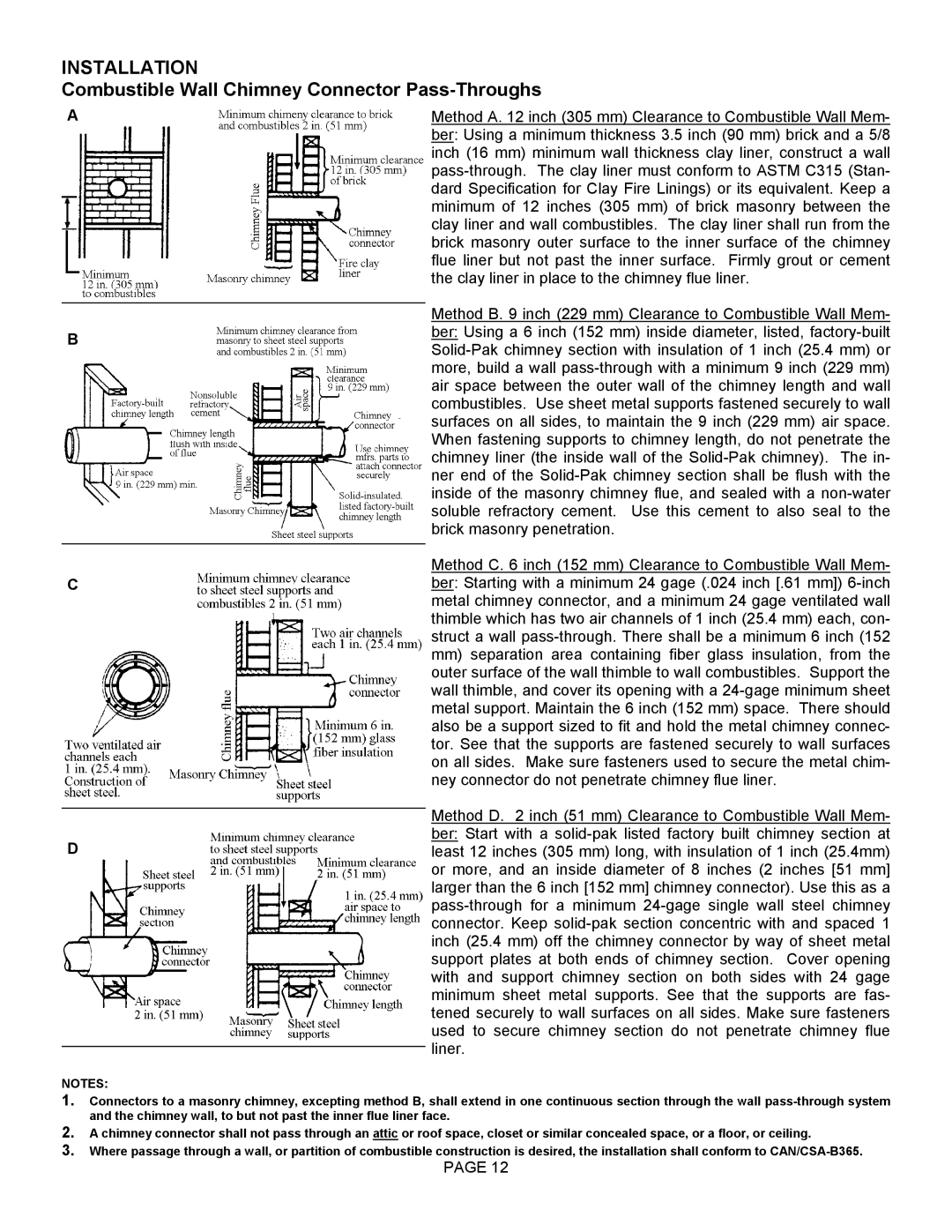1500HT specifications
The Milwaukee 1500HT is a powerful addition to the Milwaukee lineup, designed specifically for professionals who require high performance and durability in their tools. This innovative product stands out for its advanced technology and precision engineering, making it a go-to choice for various applications, from construction to plumbing.One of the standout features of the Milwaukee 1500HT is its robust motor. With a maximum output of 1500 watts, the tool delivers superior cutting speed and efficiency, allowing users to complete their tasks in record time. This is particularly beneficial in demanding work environments where time is of the essence. Additionally, the motor is designed to handle heavy workloads without overheating, ensuring longevity and reliability.
The versatility of the Milwaukee 1500HT is enhanced by its multiple speed settings, which can be easily adjusted to suit different materials and application types. Whether you are working with metals, wood, or plastic, the ability to control the speed allows for precise cuts and superior results. The variable speed functionality also minimizes the risk of damaging the material being worked on, providing peace of mind for users.
Another key characteristic of the Milwaukee 1500HT is its ergonomic design. The tool is carefully crafted to fit comfortably in the hand, making it easy to maneuver during extended use. The rubberized grip provides added comfort and control, reducing user fatigue and enhancing productivity. Additionally, the lightweight construction of the tool means it can be used for longer periods without causing strain.
Safety features are paramount in the design of the Milwaukee 1500HT. It is equipped with a built-in safety lock that prevents accidental activation, ensuring that users can operate the tool confidently. Furthermore, the tool features integrated dust management technology, which helps maintain a clean work environment and visibility while cutting.
The Milwaukee 1500HT is also compatible with a range of attachments and accessories, allowing users to customize their tool for specific tasks. This adaptability increases its utility in various applications, making it a valuable investment for any professional tradesperson.
In conclusion, the Milwaukee 1500HT is a top-tier tool that combines power, precision, and user-friendly features. With its advanced motor, variable speed capabilities, ergonomic design, and emphasis on safety, it stands out as an essential piece of equipment for those seeking reliability and efficiency in their work. Whether in a workshop or on a job site, the Milwaukee 1500HT proves to be a formidable tool that meets the demands of any trade.

